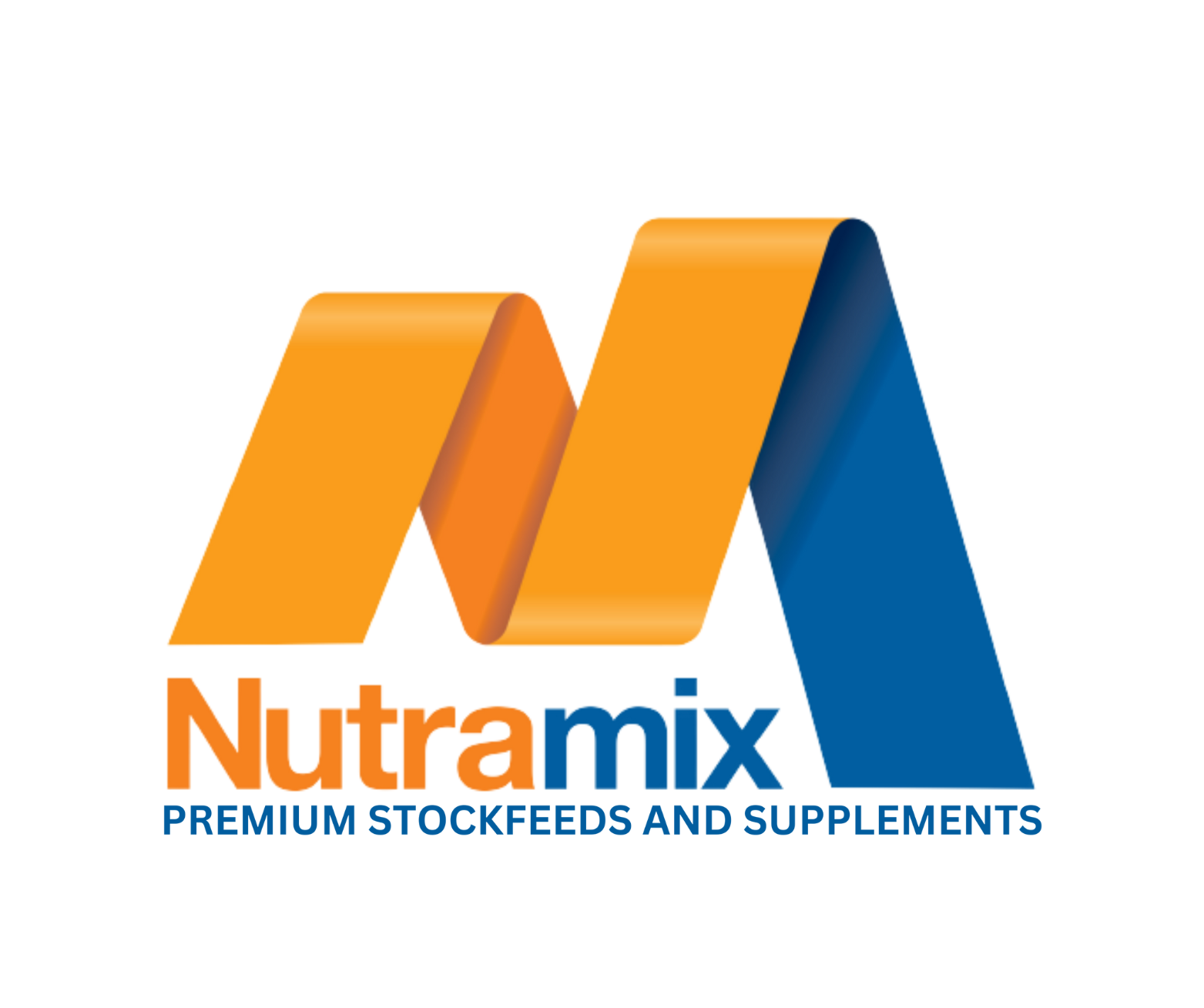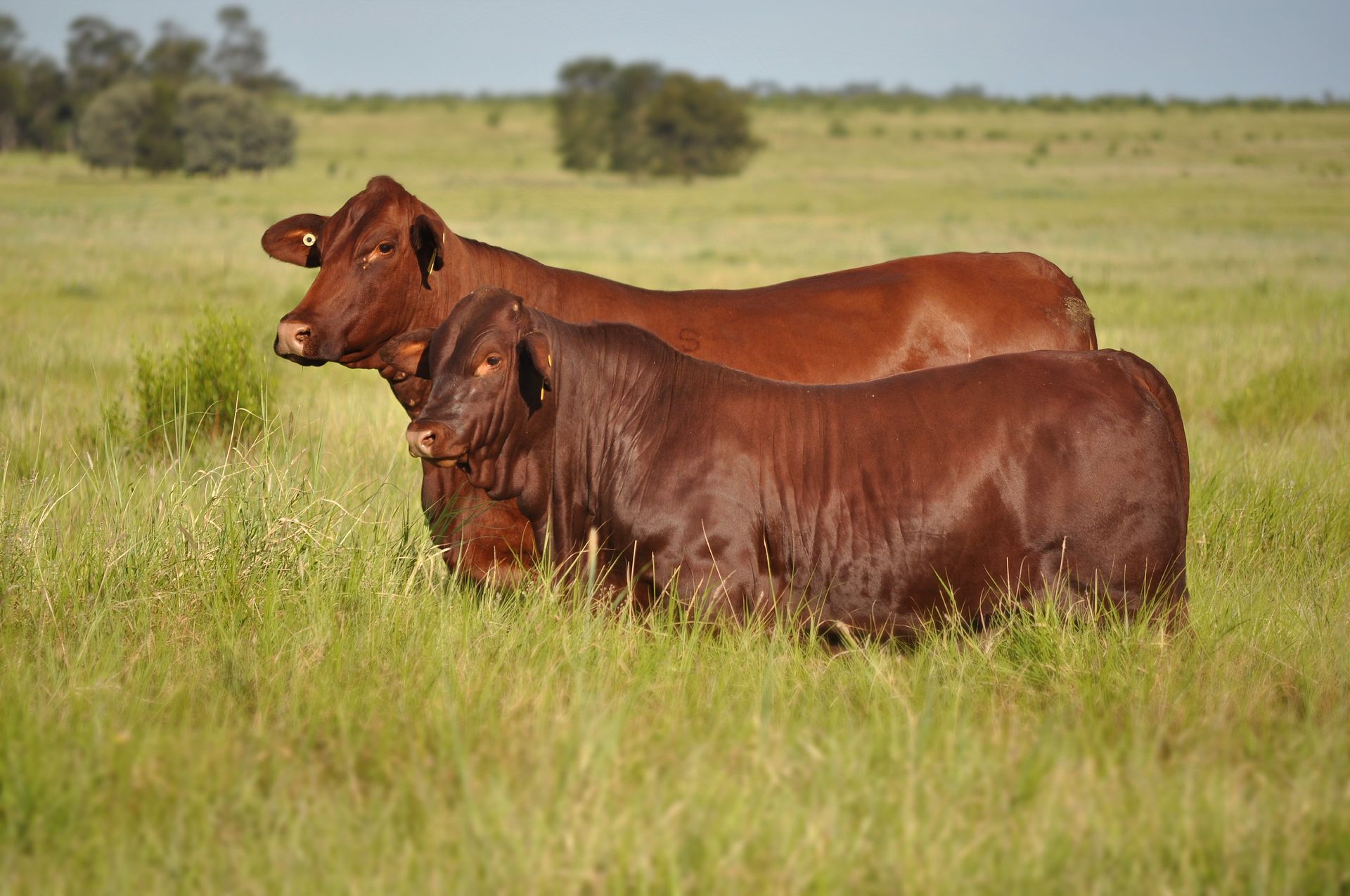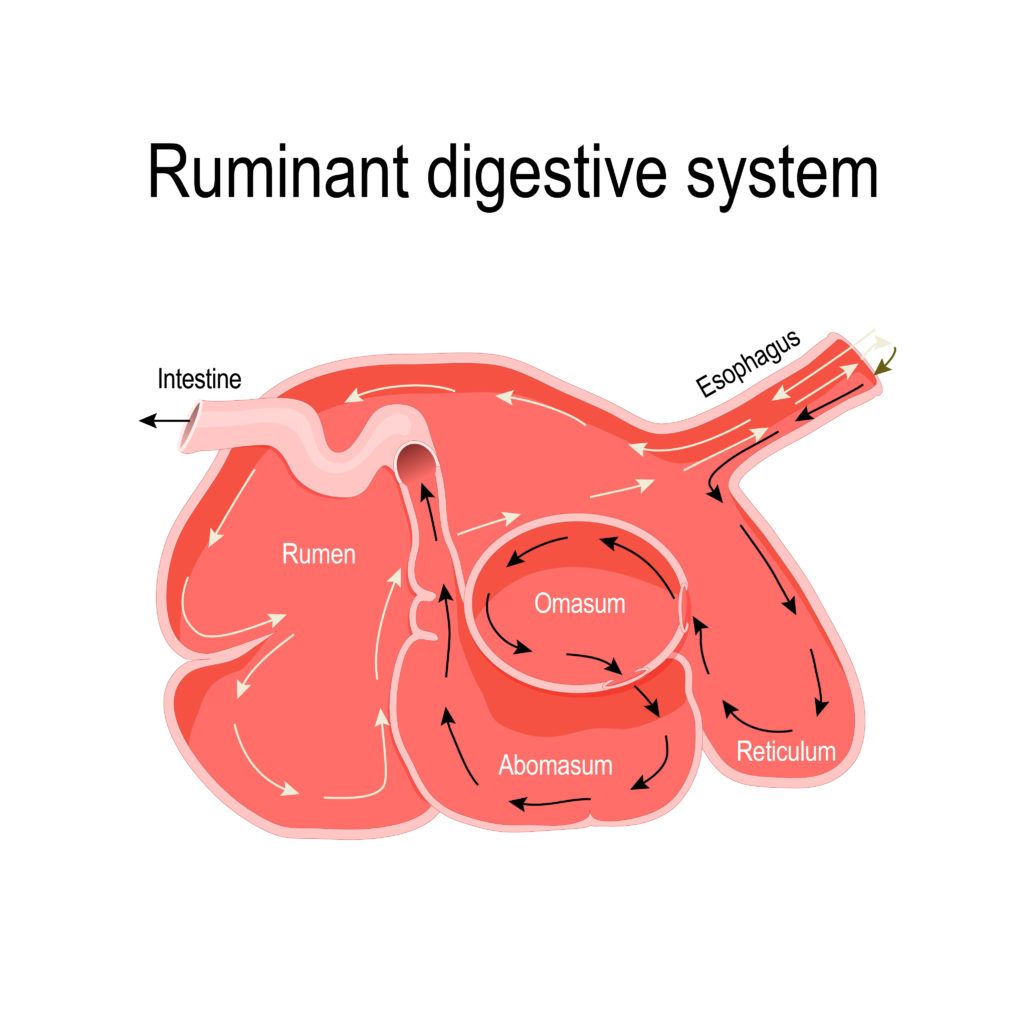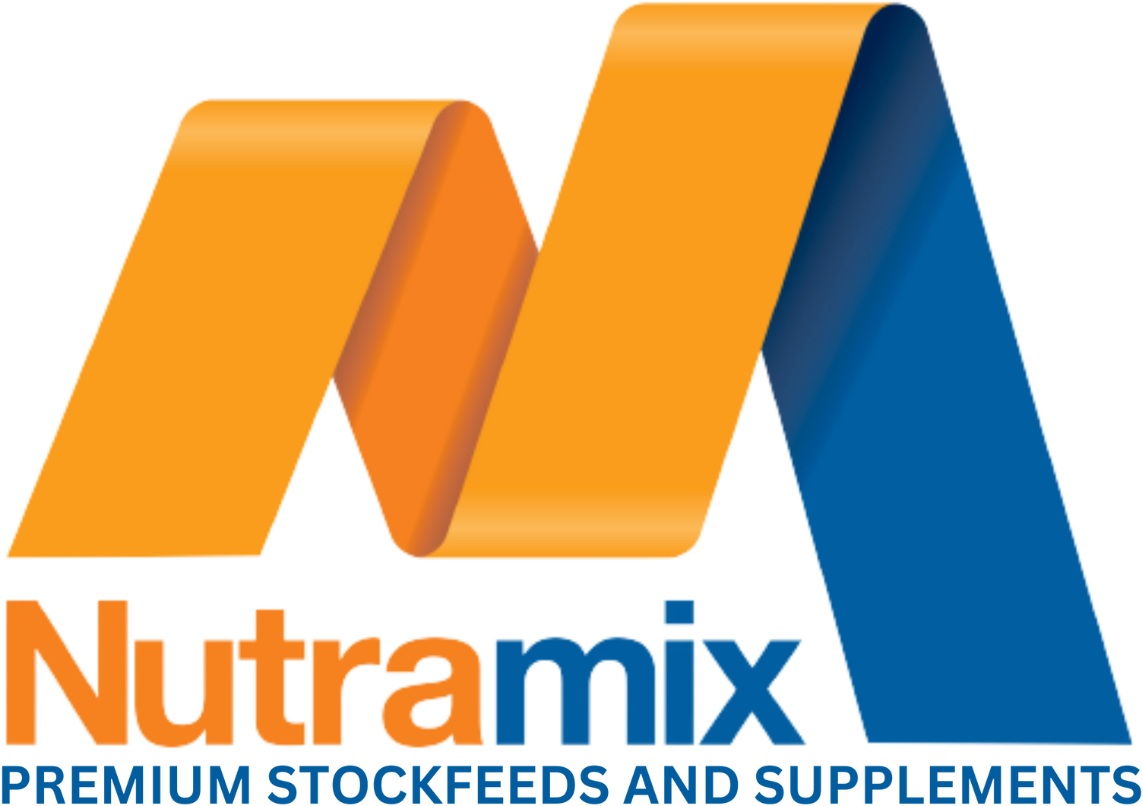BLOG
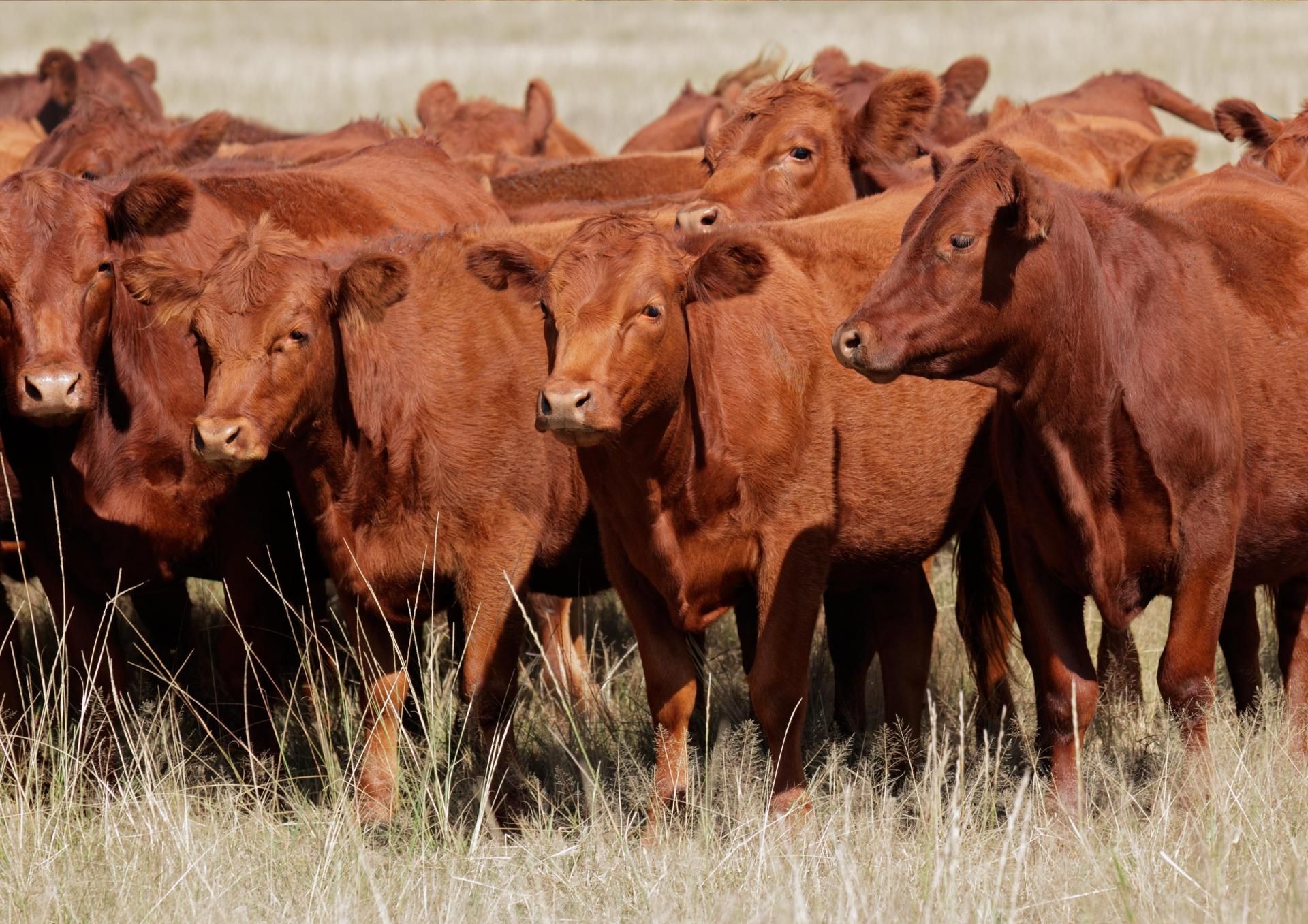
18 Apr, 2024
Widespread summer rainfall has created a great pasture base for many producers going into winter. While this pasture base allows our producers to reduce the need to purchase hay or substitute feed, the quality of the pasture in winter will decline and will become a limiting factor to production. Understanding that diet quality effects passage rate in the rumen and therefore pasture intake is key to creating an effective supplement program, particularly during winter. Pasture quantity and quality are key drivers of production. As the winter months creep forward, nutrient density in pastures change, primarily associated with plant maturity. As grasses reach maturity, phase 4 or when seed head has lost all seeds, these plants are both low in protein and energy. During this time, it is important to assess grasses and provide stock with adequate protein and energy to prevent weight loss and maintain production. As plants mature and become more lignified, they become harder to digest. Due to this reduction in digestibility of plants, the movement in the rumen in slower and ‘gut fill’ increases. As a result, the animal is unable to consume the required pasture intake to meet daily requirements. Typically, tropical grasses, during winter have a Crude protein and metabolisable energy level of 6% and 5 MJ respectively. At this level, cattle cannot consume enough pasture to meet requirements, with particular emphasis on breeding stock with higher maintenance requirements due to pregnancy or lactation. Using supplements with high protein and mineral can allow cattle to digest dry pastures and provide supplementary protein for production.
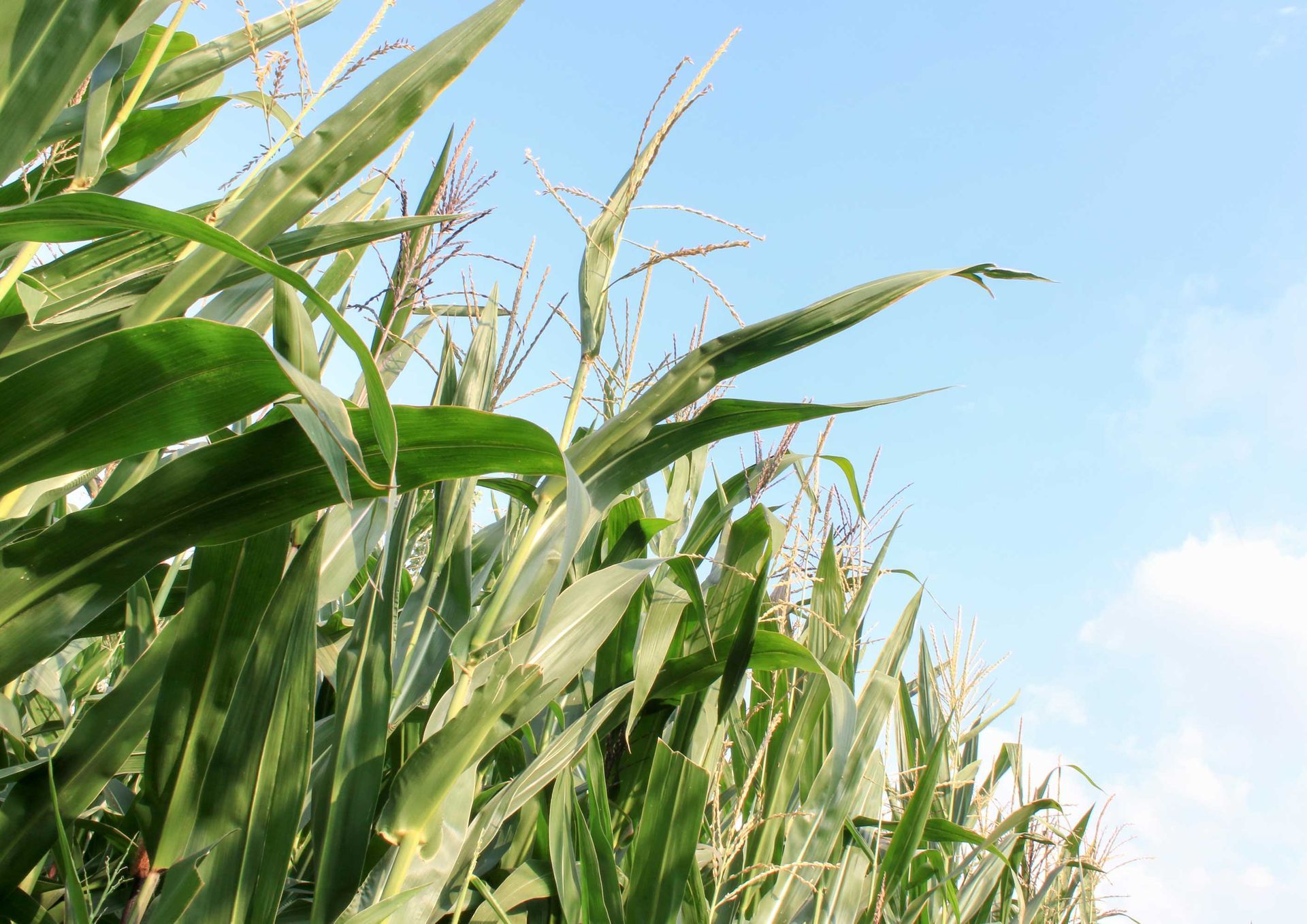
21 Feb, 2024
Summer forage crops are a great source of feed and increases animal performance with excellent returns. As with other forage crops, the young green leaf and shoots of sorghum are the most digestible and initially have the highest feed value however sorghum has a toxic component in the plant when young, immature, and fast growing. Prussic acid poisoning has been recognised for many years in cattle grazing forage sorghum crops. There are many factors that influence the incidence of Prussic Acid poisoning, and the great news is, it’s preventable through management and nutritional supplements.
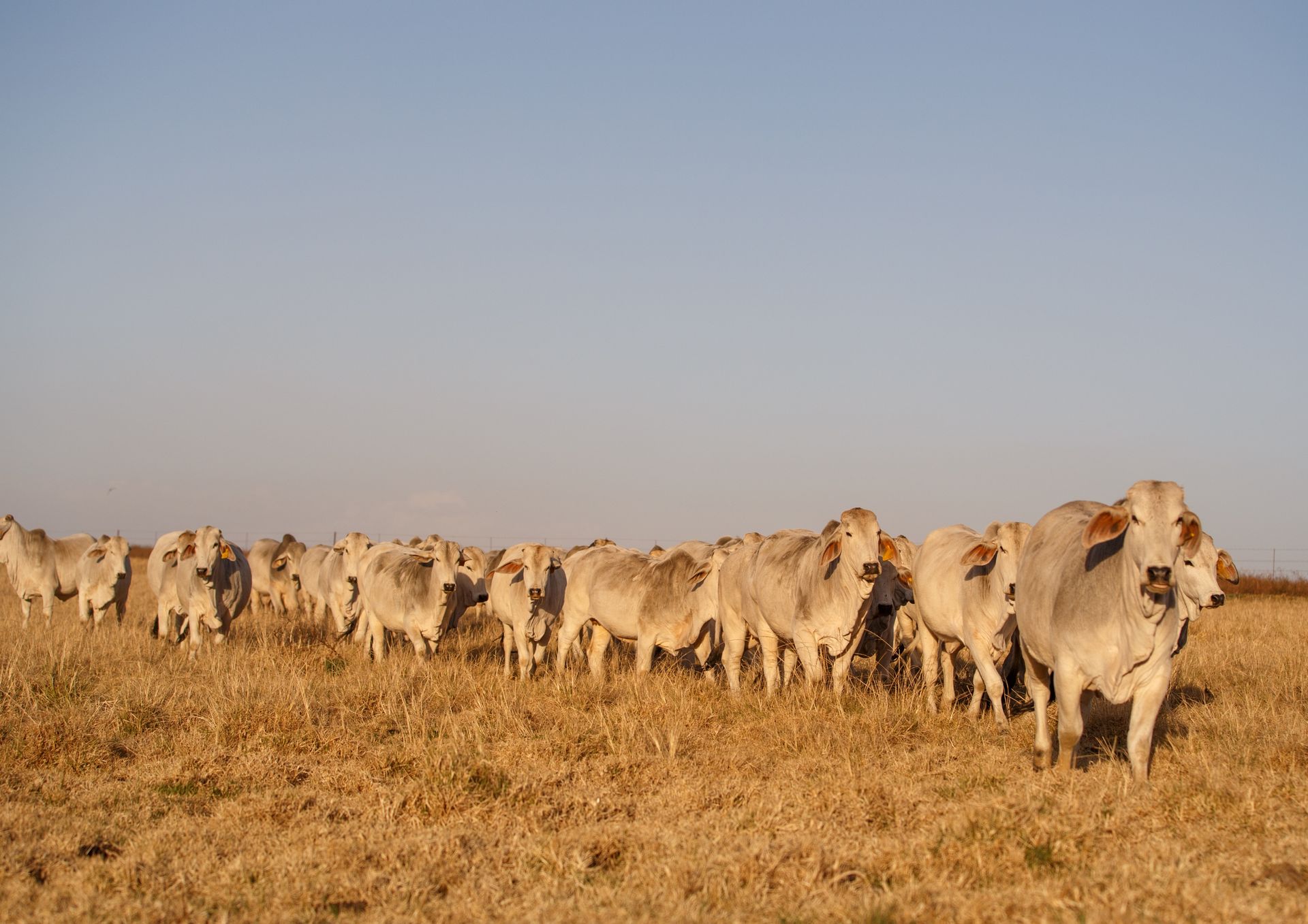
18 Nov, 2023
Winter supplements in Northern Australia are focused towards supplying increased protein where grasses are lacking. This is by far one of the most important parts of supplements in winter and a key component of maintaining breeder weights or improving growing animal weight gains. One of the biggest myths is; “Cattle cannot absorb phosphorus during the dry season”, this simply is not true. The factor of the most limiting nutrient is the biggest determination of how well a nutrient is absorbed. Dry season supplements address protein and energy deficiencies, due to these nutrients being the most limiting in dry mature pastures. Once these issues have been addressed, other nutrients become limiting, and the need of these nutrients presents itself. Phosphorus in the dry season is the third most limiting nutrient so the need for phosphorus becomes apparent when protein and energy deficiencies are met through supplementation providing urea.
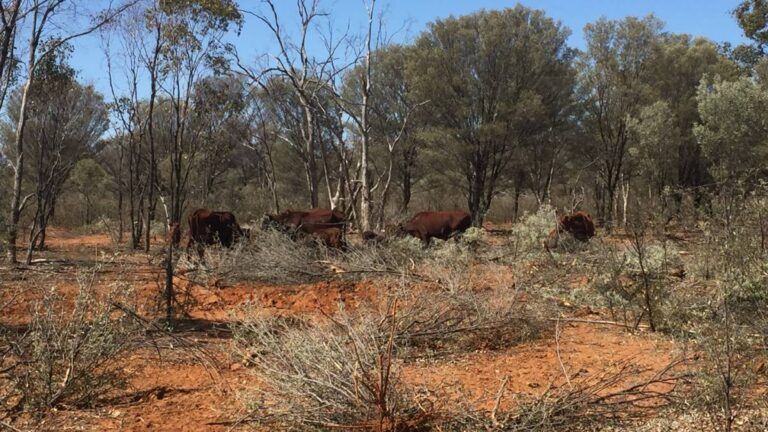
17 Nov, 2023
Mulga provides a valuable feed source for stock, particularly through dry periods or drought. Mulga land types extend over areas of New South Wales and Queensland rangelands covering an impressive 20% of Australia’s landmass. Mulga provides supplementary feed to low quality pasture due to the mulga leaf retaining its nutritive value where grasses energy and protein level decline as they mature and die off. It is always important to consider the nutritional requirements for your stock and how to best meet these requirements. Important considerations when feeding mulga are the common deficiencies found in the plant and how supplements can counteract these problems and improve production. Stock can do very well on mulga; however, mulga has a low digestibility and much of the protein is bound by tannins.
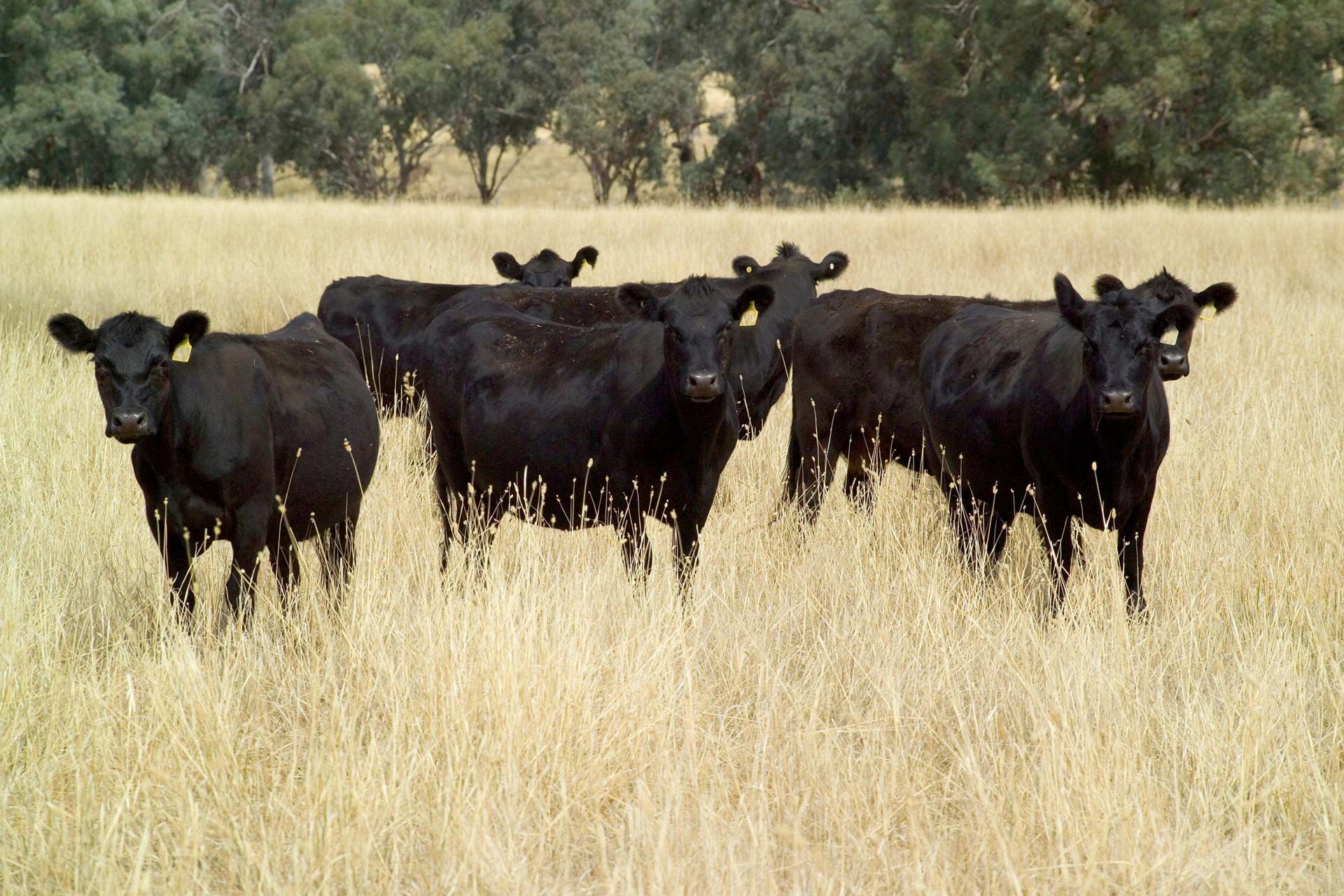
16 Nov, 2023
Understanding that diet quality effects passage rate in the rumen and therefore pasture intake is key to creating an effective supplement program, particularly during winter. With the current season being drier than usual and many parts of Queensland and Northern New South Wales recording lower than average summer rain falls, it is time to start thinking about supplementation during Autumn and Winter. Pasture quantity and quality are key drivers of production. As the winter months creep forward, nutrient density in pastures change, primarily associated with plant maturity. As grasses reach maturity, phase 4 or when seed head has lost all seeds, these plants are both low in protein and energy. During this time, it is important to assess grasses and provide stock with adequate protein and energy to prevent weight loss and maintain production. As plants mature and become more lignified, they become harder to digest. Due to this reduction in digestibility of plants, the movement in the rumen in slower and ‘gut fill’ increases. As a result, the animal is unable to consume the required pasture intake to meet daily requirements. Typically, tropical grasses, during winter have a Crude protein and metabolisable energy level of 6% and 5 MJ respectively. At this level, cattle can not consume enough pasture to meet requirements, with particular emphasis on breeding stock with higher maintenance requirements due to pregnancy or lactation.
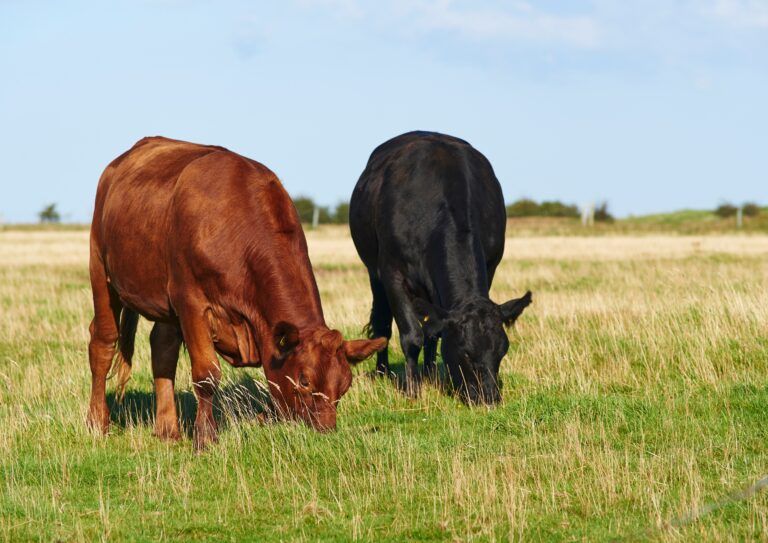
15 Nov, 2023
Dry autumn forecast . The Bureau of Meteorology suggests that the coming months will be drier and hotter than usual across most of Australia from the recent long-term autumn 2023 forecast. Warmer than usual daytime temperatures and drier areas emerging in some parts of Southern Queensland and Northern New South Wales, weaning and early weaning supplement strategies may prove an advantage before winter descends. Early weaning is often defined by weaning calves at a younger age than ‘normal’ practice. In Queensland, the ‘normal’ range of weaning is between 7-8 months, the range does extend either way dependent on environment. In extreme cases, early weaning (without milk replacer) can be performed safely and effectively down to 4-6 weeks of age, although calves that have reached 3-4 months are considerably easier to feed and manage. The main reason behind early weaning is the proactive management of breeding herds for improved productivity or due to feed scarcity. Pregnancy and lactation are a period in a cow’s reproductive cycle that causes extreme metabolic strain and can have drastic consequences on body condition, pregnancy rates, long term calf performance and possible deaths. The feed requirement for a cow with calf at foot are 50-65% higher than a dry cow, considerable damage to pastures can occur as a result of high forage demand. All calves are born with an underdeveloped rumen, and this continues to stay premature until calves come of an age where they start to forage. During the first few months, the rumen gradually develops, and rate of development depends on the nutrition, condition, and supply of milk from the cow and available feed in the paddock. Typically, calves can be functioning as normal ruminants between 3-6 months of age. Early weaned calves may not have a completely functioning rumen and most of their digestive tract functions largely like a monogastric animal (e.g., pigs), depending mainly on the abomasum and fourth stomach acting as the main digestive chambers. If a calf is old enough to be weaned from milk, a grain-based diet which can be readily digested should be provided as the main source of nutrition, as should hay/roughage to ensure the rumen continues to develop normally.
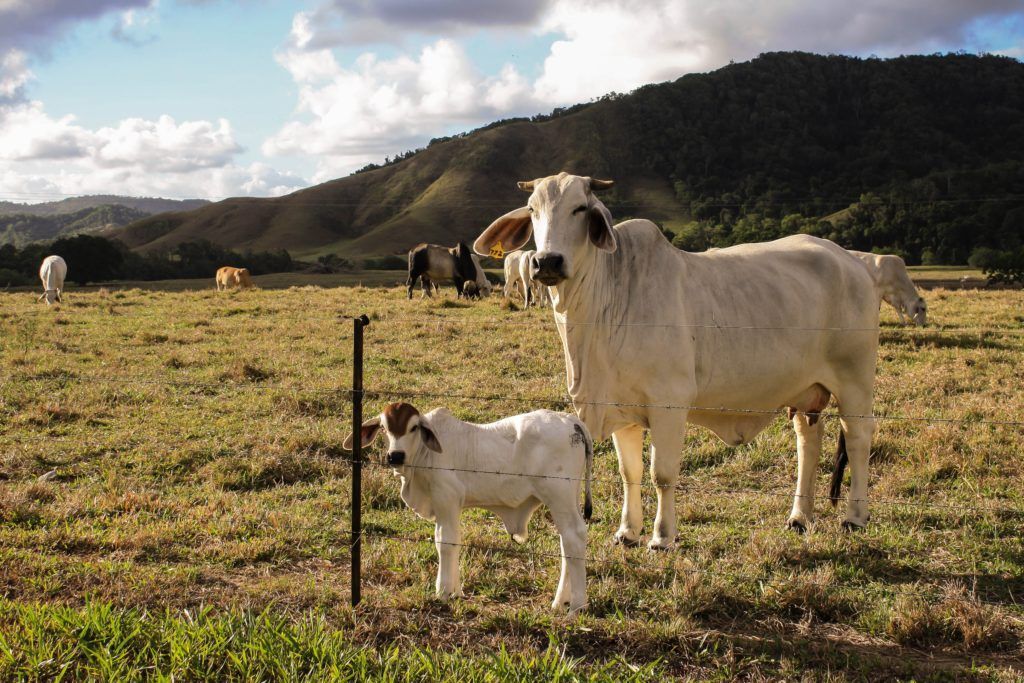
13 Nov, 2023
It is well documented that much of northern Australia is phosphorus (P) deficient and that P is required for almost every vital bodily function in cattle. However, supplement sales figures and industry feedback indicates that the majority of northern properties in P deficient areas are not supplementing their cattle with P over the wet season. Current thinking is that producers must not believe that they will get a good enough return feeding a P supplement to justify the expense and hassle of feeding supplement over the wet season. Past studies have shown that P supplementation increases growth, however, there have been few studies that have found a significant improvement in reproductive performance from P supplementation in northern Australia and quantified the benefit. This may be a reason why adoption has been so low. A trial commenced in 2014 at the Victoria River Research Station, Kidman Springs, to quantify the benefits of P supplementation. This trial will provide producers in P deficient areas with definitive data on the effects of supplementing females with P so that they are able to make better informed supplementation decisions. Brahman heifers born in 2014 were randomly allocated to either a +P (where phosphorus was supplied in the supplement) or –P (where phosphorus was not included in the supplement) treatment and grazed in neighbouring paddocks that were tested as acutely P deficient. Treatments swap paddocks in May each year to minimise paddock effects. Treatments are managed exactly the same year round, with the exception that their loose lick supplements either contain P (+P) or do not (-P). Composition of lick fed to each treatment can be seen in Table 1. Note: Soil test Colwell P levels: Acutely deficient: ≤4mg P/kg | Deficient: 5mg P/kg | Marginal: 6-8mg P/kg
Nutramix is an Australian stockfeed and agri-processing businesses in Queensland and New South Wales. Operating since 2001, our head office and premix plant is based at Warwick, Qld and we operate a large mill at Narrabri, NSW which manufactures stockfeed.
© Copyright 2024 | All Rights Reserved | Nutramix | Web Design by ACM Digital
